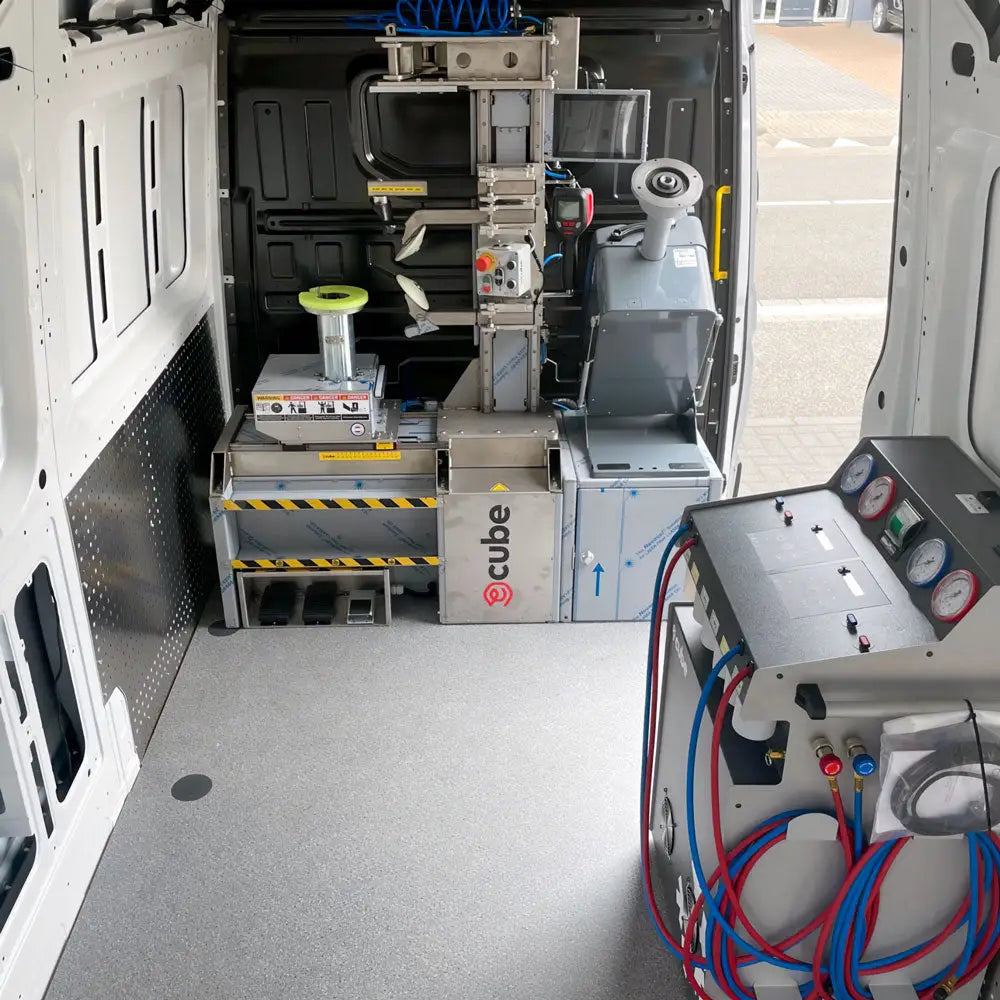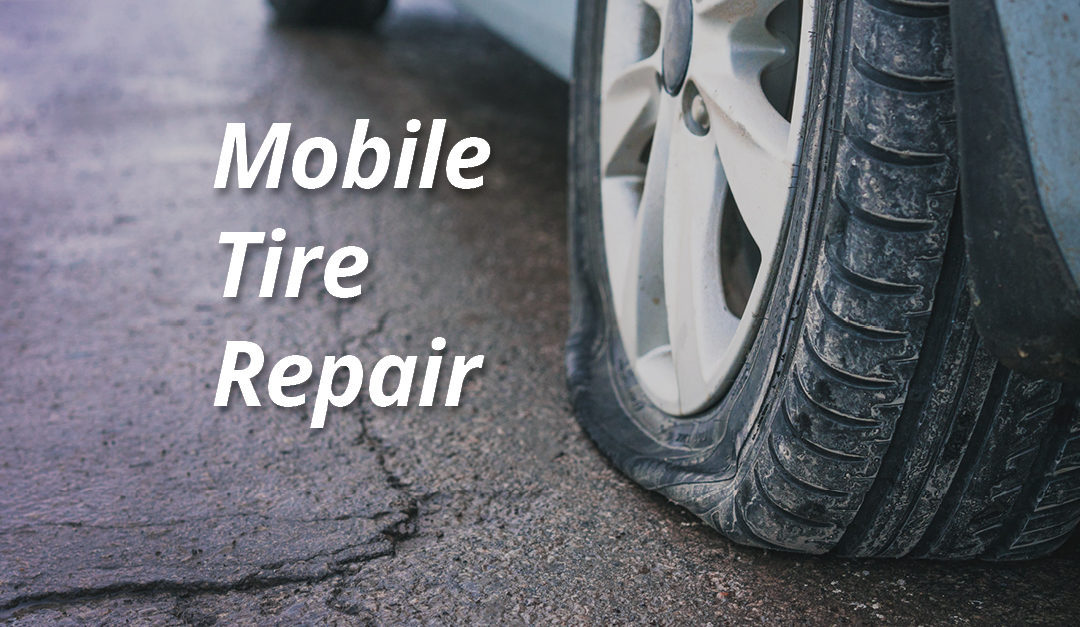Tire Solution: Proven Methods for Optimal Tire Upkeep and Treatment
Keeping ideal tire problem is vital for both security and performance of any kind of automobile. From guaranteeing appropriate tire stress to normal turning and positioning, there are proven techniques that can considerably expand the lifespan of your tires and boost total driving experience. As we discover the complexities of tire care and maintenance, we will certainly uncover necessary standards that every vehicle proprietor must stick to for the very best possible results. Allow's dive right into the globe of tire solution and uncover the tricks to maintaining your tires in first-class shape for the long run.
Significance of Tire Pressure
Appropriate tire pressure is a crucial factor in making certain optimal car efficiency and security when traveling. Preserving the advised tire pressure levels offered by the manufacturer supplies countless advantages. Adequate tire pressure advertises far better gas performance, as under-inflated tires can lead to increased rolling resistance, causing the engine to function more challenging and take in more gas. Second of all, proper tire stress ensures even walk wear, improving tire longevity and conserving money in the lengthy run by postponing the demand for premature substitutes. Additionally, appropriately pumped up tires add to improved handling and braking capabilities, vital for secure driving in different roadway conditions. Over-inflated tires, on the various other hand, can lead to decreased traction and a harsher adventure. On the other hand, under-inflated tires are vulnerable to getting too hot, which can cause blowouts and accidents. Routinely adjusting and inspecting tire stress, particularly previously lengthy trips, is a basic yet reliable method to improve lorry performance, expand tire lifespan, and focus on safety and security on the road.
Tire Rotation Standards
When thinking about tire rotation guidelines, it is necessary to understand the value of this upkeep job in taking full advantage of tire life-span and keeping optimal lorry efficiency. Tire turning involves changing the setting of each tire on an automobile to make sure also tread wear. Front tires have a tendency to use quicker than back tires as a result of guiding pressures, making routine rotation critical for well balanced wear patterns. The advised rotation pattern differs relying on whether a car is front-wheel, rear-wheel, all-wheel, or 4x4. Usually, tires must be rotated every 5,000 to 7,500 miles, or as advised in the automobile handbook. Overlooking tire rotation can cause unequal wear, affecting handling, traction, and potentially compromising automobile security. By sticking to correct turning guidelines, vehicle drivers can expand the life of their tires, boost fuel effectiveness, and boost total driving experience. Routine rotation is a simple yet effective upkeep practice that adds significantly to tire durability and car performance.

Benefits of Wheel Placement
Guaranteeing correct wheel positioning after tire rotation is essential for maintaining balanced wear patterns and making the most of vehicle efficiency. Additionally, correct wheel positioning helps to prolong the life expectancy of your tires. Misaligned wheels can trigger uneven tire wear, leading to early tire substitute and increased upkeep expenses.

Tire Tread Deepness Examine
Executing a routine assessment of tire tread deepness is vital for maintaining risk-free driving problems and lengthening the life expectancy of your tires. Unequal step wear can suggest problems with tire suspension, pressure, or placement, highlighting the significance of routine tread depth checks. By including tire walk deepness checks into your regular maintenance timetable, you can drive with confidence knowing that your tires are in top problem.
Seasonal Tire Evaluation
Seasonal tire assessment is an essential element of tire maintenance that makes sure tires are ready to encounter the difficulties positioned by different climate conditions. In prep work for wintertime, it is important to inspect the tire stress consistently as cold temperatures can cause tire stress to go down. By carrying out regular seasonal tire evaluations, vehicle drivers can lengthen tire life expectancy, boost gas effectiveness, and most importantly, guarantee a secure driving experience in varying weather condition conditions.
Conclusion
Finally, keeping proper tire stress, turning tires frequently, aligning wheels appropriately, checking step depth, and carrying out seasonal inspections are essential methods for optimal tire treatment. By adhering to these verified approaches, chauffeurs can ensure their tires last longer, perform better, and add to general car security. It is very important to prioritize tire upkeep to stop crashes, boost gas performance, and prolong the life expectancy of tires.
Ample tire pressure advertises better fuel effectiveness, as under-inflated tires can lead to increased rolling resistance, creating the sites engine to function tougher and take in even more gas.When taking into consideration tire rotation standards, it is crucial to recognize the importance of this maintenance task in maximizing tire life expectancy and maintaining ideal lorry efficiency. Seasonal tire examination is an essential aspect of tire maintenance that makes certain tires are all set to deal with the difficulties positioned by different weather condition conditions. By conducting routine seasonal tire inspections, vehicle drivers can prolong tire lifespan, improve fuel effectiveness, and most notably, guarantee a protected driving experience in varying climate conditions.
In link final thought, preserving appropriate tire stress, revolving tires routinely, aligning wheels properly, checking tread deepness, and carrying out seasonal examinations are necessary practices for optimal tire care.